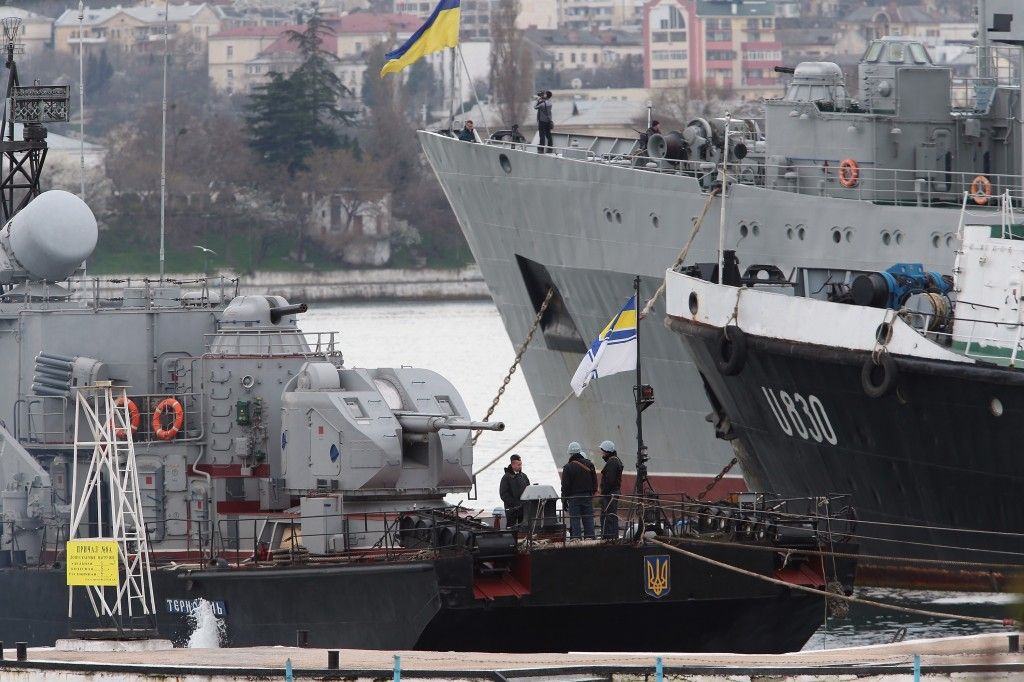Energy and the Ukraine Crisis
Originally published at Breaking Energy on March 7, 2014

Ukraine’s political crisis continues, with Russian troops in Crimea, reformist forces in power in Kiev, and Europe, the US and Russia vying to broker a lasting solution. Just below the surface is the critical issue of natural gas. Europe gets approximately one-third of its gas from Russia and the majority passes through Ukraine. Will Ukraine play a pivotal role in determining Europe’s energy markets for 2014 and beyond? Are there any unintended consequences of Vladimir Putin’s show of force in Crimea? Let’s examine Ukraine’s three likely political futures and their impacts on the energy markets.
Scenario 1: Russia keeps Ukraine within its sphere of influence
Ukraine’s former President Viktor Yanukovych is out and facing the prospect of the International Criminal Court. Acting President Oleksandr Turchynov may not be in Russian President Vladimir Putin’s pocket like his predecessor was, but Russian influence in Ukraine is still very strong.
If Ukraine stays within Russia’s sphere of influence, do not expect many changes in the flow of natural gas to Europe. Russia may scuttle a 30% discount in price for Ukraine’s domestic consumption as punishment for disobedience, but otherwise there will be a status quo.
Scenario 2: Kiev looks west
The EU is taking the lead in trying to craft a permanent solution to the Ukraine crisis. If successful, it would include the financing package to Kiev, which would certainly require austerity measures.
The energy markets could be roiled if Ukraine turns its back on Russia. Russia has deep historical ties to Ukraine and it is possible that Gazprom would cut off gas supplies to Ukraine and Europe in retaliation for a westward diplomatic move. However, this would be shortsighted on Russia’ part.
Mild winter weather means that Europe’s gas stores are at their highest since 2009, which would cushion any price impact of a Russian gas curtailment. Moreover, Russia relies heavily on energy exports for hard currency and would shoot its own economy in the foot if it tries heavy handed tactics. Finally, any additional threat to gas supplies would spur accelerated EU development of so-called “third package” plans to access non-Russia gas supplies such as US liquefied natural gas (LNG).
Scenario 3: Ukraine and a “Crimean” Rus
Russian troops are in Crimea and it appears that eastern Ukraine may be up for grabs. If Ukraine devolves into a civil war, all bets are off. If a negotiated split of the country occurs, with the west remaining as a smaller Ukraine and Crimea and possibly eastern Ukraine as a modern day Kievan Rus (a historical confederation that gave rise to modern day Russia, Belarus and Ukraine) the economic, political and cultural upheaval would be massive.
From an energy standpoint, if a split happens, the new nation-states would be foolish to meddle with their natural gas pipelines. Ukraine has historically received substantial cash or in kind transit fees for the use of the pipelines and a smaller Ukraine would already be facing economic challenges without the output of mines and industrial factories in its former eastern provinces. The new state to its east would be closely allied with Moscow and would again be unlikely to make dramatic moves on its gas pipelines for fear of hurting Mother Russia in the process.
Nevertheless, any split will likely also push Central Europe to accelerate alternative options to Russian natural gas. In addition to LNG from the US, countries that have retreated from solar feed in tariffs could revisit them from an energy security standpoint. Vladimir Putin could wind up being a huge friend to the renewable energy industry.
Russia, the EU and the US are involved in a high stakes game of diplomacy in Ukraine. There are sure to be lasting political and economic consequences, depending on whether Ukraine turns back to Russia, turns to the West, or splits in half. In spite of the uncertainty, energy markets and supplies are unlikely to be affected in the near term, as any major changes would only hurt Russia and Ukraine. Europe is likely to respond by prioritizing a push to diversify its energy sources, which could be a very positive development for US LNG and for domestic renewable energy.
Ed Sappin is CEO of Sappin Global Strategies, a strategy and investment group focused on the energy and innovation economies.

